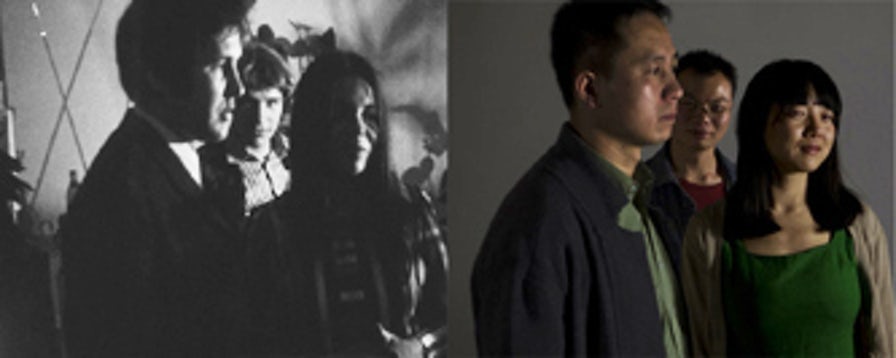
Local Everywhere: experiences of a migrant artist

Growing up in Hungary, then living and working in a number of countries such as Korea, China, the USA and Belgium, each day of my life has been a spontaneous, instinctive and personally experienced “answer” to the questions raised by the document Another Europe, namely: “How can we collaborate maintaining our different sets of values and mutual solidarity? How and to what extent can we understand each other’s context and be open to each other? And how can an artist be accepted as a human being and as an artist coming from a place that receives less attention internationally?”
My project titled Local Everywhere, which I have been working on for the last ten years, focuses on the theme of migration from a very personal perspective. The issue is one of the most burning problems Europe and the world is forced to deal with at present from Sub-Saharan and North-African migration to Europe to East Europeans migrating to Western Europe, to Mexican migrants to the US, etc. While trying to tackle the problem on the global level of politics and economy, institutions, decision makers and the media tend to neglect the personal aspects of the issue. At the same time, in my view, and in the view of many other migrant artists who participated in my project as actors, these personal and small-community aspects belong to the core of the problem, as they determine individuals’ and groups’ motivations to move or stay, integrate or isolate. My project brings this personal aspect to the foreground. It is based on first-hand experience, and is aimed at identifying patterns of individual and small community existence that may open channels of communication. Artists from China, South Korea and other countries are also involved in Local Everywhere as characters appearing in scenes.
The outcome of the project I have been working on in the last ten years is a growing series of animated videos, manipulated photos, three dimensional works and installations. The videos and projections are made also to be shown in public places, such as in shop-windows or on building facades.
Based on my personal experience as a global migrant, the project explores the life of the contemporary nomad, the local alien, the insider-outsider, the artist (me) working and exhibiting individually and also in close collaboration with local artists in various countries of Europe and Asia (including Belgium, Hungary, Germany, Finland, South Korea and China, etc.). Being the local alien, the insider-outsider, the resident from elsewhere is an experience shared by a great many people all over the world.
One of the first and most interesting events in this series was the re-enactment of an East European Christmas family reunion by my Chinese colleagues and friends in Kunming, China. This re-enactment video, Delete takes an 8 mm Christmas home movie of my family as its starting point. I re-shot some of its sequences and stills in Kunming, China, asking my Chinese colleagues and friends to perform the original scenes in their interpretation. In this emotionally highly intensive collaborative project, the process of making the work, thinking together and working together with others, was as important as the end-product.

Integrated in the communities of my local colleagues and friends in Kunming, Shanghai and Chongqing or Brussels, I have been immersed in local life, while maintaining the patterns of my everyday existence, originally shaped in another part of the world. This extends practically to the entire spectrum of life, from the most basic activities, such as sleeping, eating, communicating or doing the groceries, to the practice of working on projects, participating in discussions, hearing and delivering lectures and exhibiting my works. In my hosting environments I always felt totally natural, living local people’s life. Living their everydays became my life. In other words, I felt local at these places – and this feeling was far different from what they call “cross cultural” experience. At the same time, through working with colleagues, like in the case of my sessions of re-enactment held jointly with my colleagues, I also managed to bring across elements of my culture and history into their lives and everyday practice. This method brought new aspects into the process of interpreting and re-interpreting history and re-writing memory and forming a new concept of community bonding.





